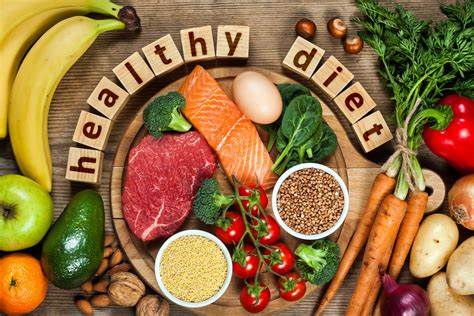Welcome to our blog, where we aim to empower Australians with the knowledge they need to make informed food choices! Understanding food labels is crucial for selecting healthy options and maintaining a balanced diet. In this post, we’ll guide you through how to read and interpret nutritional information on food labels, along with useful tips and resources.
Why Understanding Food Labels Matters
Food labels provide essential information about the nutritional content of products, helping you:
- Make Healthier Choices: By knowing what’s in your food, you can choose options that align with your health goals.
- Manage Dietary Needs: If you have specific dietary requirements (like allergies or diabetes), food labels can help you identify suitable products.
- Control Portion Sizes: Labels include serving sizes, helping you understand how much you should eat.
Key Components of Food Labels
- Nutritional Information Panel
- This panel lists key nutrients and their quantities per serving. Key nutrients to pay attention to include:
- Energy: Measured in kilojoules (kJ) or calories (cal), this tells you how much energy you get from a serving.
- Protein: Important for muscle repair and growth.
- Fat: Look for the total fat content, and pay attention to saturated and trans fats, which should be limited.
- Carbohydrates:This includes sugars and dietary fiber. Aim for options high in fiber and low in added sugars.
- Sodium: Excess sodium can contribute to high blood pressure, so choose low-sodium options.
- Energy: Measured in kilojoules (kJ) or calories (cal), this tells you how much energy you get from a serving.
- This panel lists key nutrients and their quantities per serving. Key nutrients to pay attention to include:
- Serving Size
- The serving size indicates the amount of food that the nutritional information refers to. Compare it to how much you actually eat to gauge your intake accurately.
- The serving size indicates the amount of food that the nutritional information refers to. Compare it to how much you actually eat to gauge your intake accurately.
- Percent Daily Intake (%DI)
- This figure shows how much a nutrient in a serving contributes to your daily intake based on a 2,000-calorie diet. It helps you see if a food is high or low in specific nutrients.
- This figure shows how much a nutrient in a serving contributes to your daily intake based on a 2,000-calorie diet. It helps you see if a food is high or low in specific nutrients.
- Ingredients List
- Ingredients are listed in order of weight, from the most to the least. Look for whole foods at the top of the list and be cautious of products with long lists of artificial ingredients or preservatives.
Tips for Reading Food Labels
- Focus on Nutrient Density
- Choose foods that offer more nutrients per calorie. For example, whole grains, fruits, and vegetables typically provide more health benefits than processed snacks.
- Choose foods that offer more nutrients per calorie. For example, whole grains, fruits, and vegetables typically provide more health benefits than processed snacks.
- Compare Similar Products
- When in doubt, compare the labels of similar products to see which one is the healthier option. Look for lower sugar, fat, and sodium levels.
- When in doubt, compare the labels of similar products to see which one is the healthier option. Look for lower sugar, fat, and sodium levels.
- Be Wary of Health Claims
- Terms like “low-fat” or “sugar-free” can be misleading. Always check the nutritional panel for the full picture, as these products may still be high in calories or unhealthy additives.
- Terms like “low-fat” or “sugar-free” can be misleading. Always check the nutritional panel for the full picture, as these products may still be high in calories or unhealthy additives.
- Educate Yourself on Ingredients
- Familiarize yourself with common additives and preservatives. Knowing what to look for can help you make healthier choices.
Resources for Australians
- Food Standards Australia New Zealand (FSANZ): Provides guidelines on food labeling and safety standards.
- Nutrition Australia: Offers tips on reading food labels and making healthier choices.
- Eat for Health: Features resources that align with Australian dietary guidelines.
Incorporating the Life! Program
The Life! Program is an excellent resource for Australians looking to improve their health through better eating habits and lifestyle choices. This program provides practical advice and support for understanding nutrition, including how to read food labels effectively.
For more information, visit the Life! Program.
Conclusion
Understanding food labels is a vital skill for making informed choices about your diet. By learning how to read and interpret nutritional information, you can select foods that support your health goals and enhance your overall well-being. Remember to focus on whole foods, compare options, and take advantage of the resources available to you!







